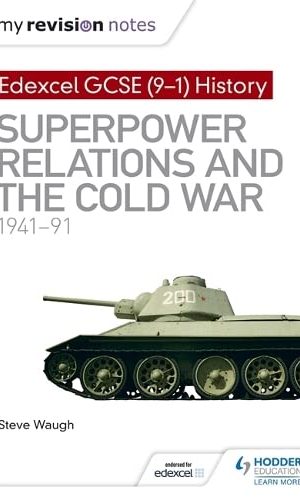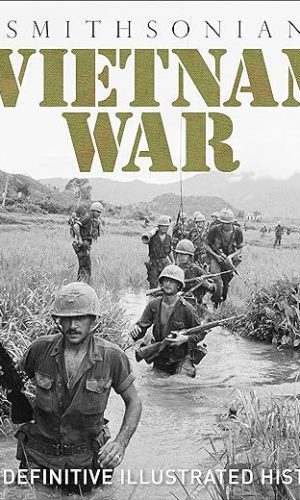Bury My Heart At Wounded Knee: An Indian History of the American West
£7.30£10.40 (-30%)
The American West, 1860-1890: years of broken promises, disillusionment, war and massacre.
Beginning with the Long Walk of the Navajos and ending with the massacre of Sioux at Wounded Knee, this extraordinary book tells how the American Indians lost their land, lives and liberty to white settlers pushing westward. Woven into a an engrossing saga of cruelty, treachery and violence are the fascinating stories of such legendary figures as Sitting Bull, Cochise, Crazy Horse and Geronimo.
First published in 1970, Dee Brown’s brutal and compelling narrative changed the way people thought about the original inhabitants of America, and focused attention on a national disgrace.
Read more
Additional information
| Publisher | 1st edition (10 Dec. 1987), Vintage |
|---|---|
| Language | English |
| Paperback | 512 pages |
| ISBN-10 | 0099526409 |
| ISBN-13 | 978-0099526407 |
| Dimensions | 12.9 x 3.1 x 19.8 cm |










by gerry welsh
Very thorough well researched book detailing how the tribes were cheated, abused, starved & had their whole way of life destroyed by the continual influx of settlers. not just one or two tribes but every single one of them were moved to reservations where the majority still live today
by CN
This book is a very well researched and detailed history of how native american tribal groups were labelled, conned and moved from fertile lands to places where nothing grew. It’s the genocide of people who had lived for thousands of years in tune with the land and its seasons. At source the inherent racist superiority of European colonists and fuelled by greed and short term wealth. Betrayed by many Presidents, politicians and Generals. Treaties created that few were to sign and which were broken as soon as it suited.
by Gordon Ross Sinclair
‘Cept it was left 2 doors up (or down, whatever you’re point of view …).
by J. Bradley
What to say about this book. Well, firstly this is actually my second time of reading it. The first time was a hardbacked version that my parents owned, probably about twenty years ago. I found it interesting back then. Twenty five years ago it was still an ‘old’ book (first published in 1970).
Twenty five years later, I find it fascinating,upsetting and ultimately brilliant. Why so?
Fascinating because it details a unique period in time. An ancient, indigenous people, of many tribes, meet the ‘modern’ settlers. The age of the bow and arrow carrying hunter, gatherers, meet the forerunners of western society, carrying modern weapons. An age that was almost always misrepresented in western media and film as ‘Cowboys and Indians’. Famous names such as Cochise, Sitting Bull, Crazy Horse, Geronimo, Red Cloud, Spotted Tail. Famous tribes such as the Apache, Navajo, Sioux, Modoc, Kiowa, Comanche.
Upsetting? Yes. If you have any kind of conscious, you can’t help but feel upset and dismayed by the appalling treatment that was dealt out to the native people. Lied to over and over and over again. Treaty after treaty made to protect the lands of the native tribes, only to be broken within a few years. A traditional hunter, gatherer people suddenly told that they can no longer hunt or gather on their native lands and they must either be confined to ‘reservations’ far away from their homelands, be converted from ‘savages’ and into Christianity or pay the price for refusal (extermination). The wholesale murder of men, women, and children in order to force the native people away from their homelands and allow settlers to occupy their lands. Treaties to ‘purchase’ traditional hunting grounds for meagre fees, by settlers who knew that the land contained rich mineral deposits. The treaties and promises made, usually by means of a translator, translating only what the settlers wanted the natives to hear, not what the natives thought they were hearing. Lies and deceit on a nationally approved scale. A government policy to rid the land of the native peoples and confine them to reservations, regardless of where those reservations were.
Ultimately brilliant? It’s a history book, but one that doesn’t come across as a history book. Despite being 46 years old, it still has the power to make you think “you bastards” when you read about how the natives were deceived. The text isn’t stuffy and it is easy to follow the relationships between individuals and time scales, despite the fact the each chapter refers to different tribes. There is some overlapping of tribes and individuals in the whole timeline, so it isn’t difficult to follow. The book brings to life the individual characters and explains how the natives actually helped the first white settlers, when the arrived in, what is today, the USA.
It really is an important book to read if you have any kind of interest in either American history or the history of the western world. I couldn’t put it
down, but god did it make me cross.
One day Wakan Tanka is going to have his revenge for what the settlers did. I hope I’m not around when it happens.
by Nick
Written from a native perspective this was an outstanding book when it was first published. It deserves to be read to appreciate “the other side of the story” which depicts all too vividly the appalling way in which native Americans were treated.
by Mark
This was first published in 1970. A staggering account of the almost total genocide of Native American tribes in a thirty year period from 1860 – 1890. Bear in mind that despite having a Civil War in the US for five years, ostensibly to prevent the ownership of slaves, the same concern did not apply to the rights of Native Americans who according to statues at the time were “not persons before the law”. The unholy alliance of capitalism, political chicanery, religious fervour and outright greed enabled theft of land, slaughter of buffalo and death of countless Native Americans. I am guessing this is not mandatory reading in US schools as the lessons from this history that should have been learned have not yet happened with deprivation and disenfranchisement still in operation today. Ultimately a depressing but necessary read.